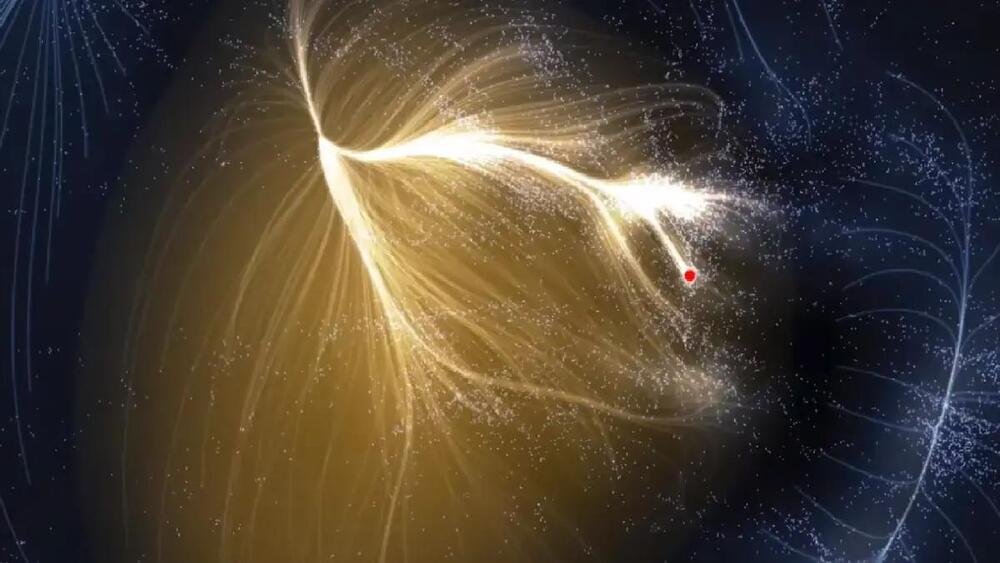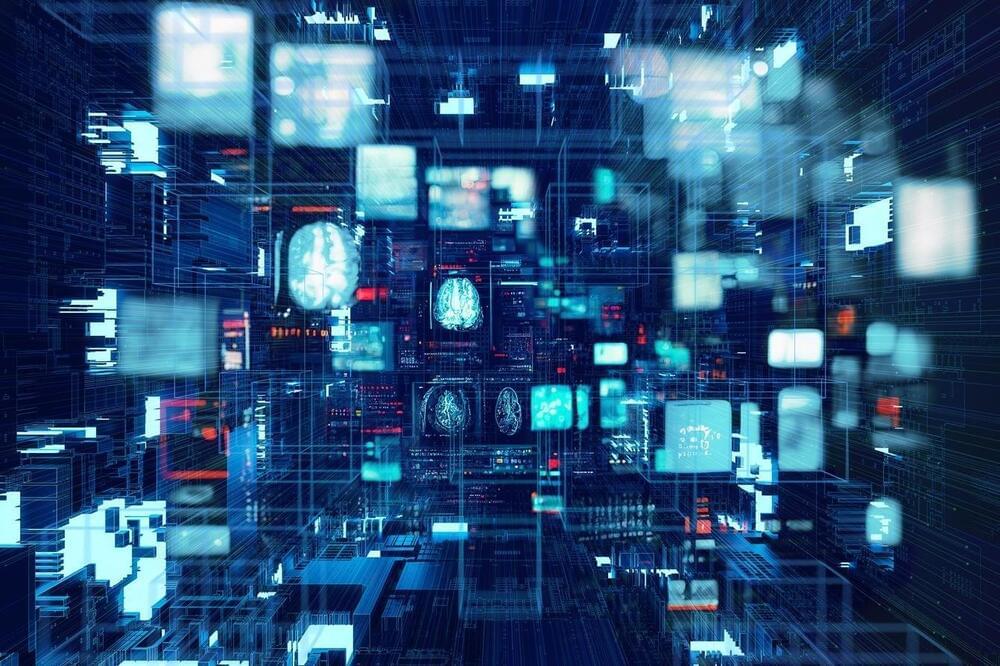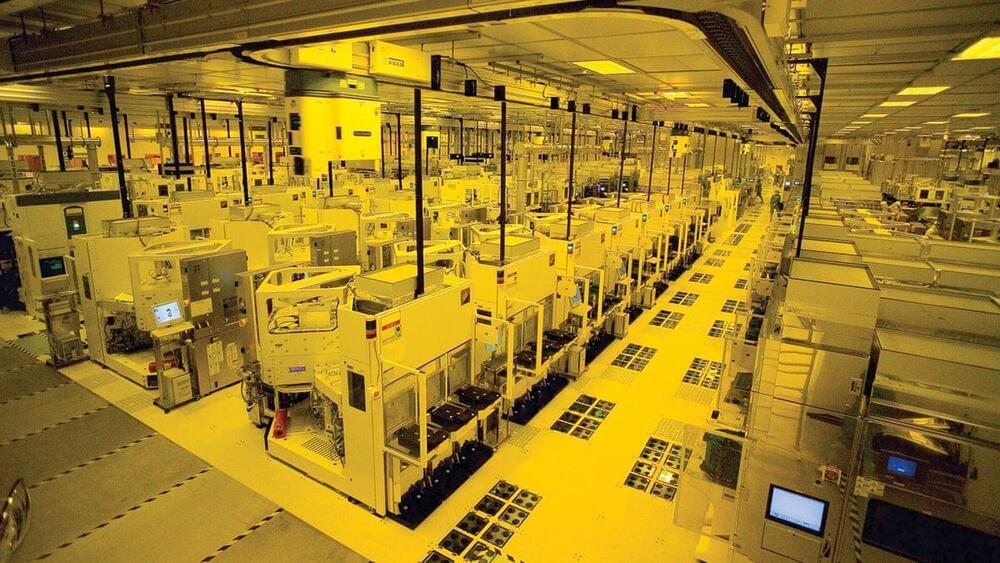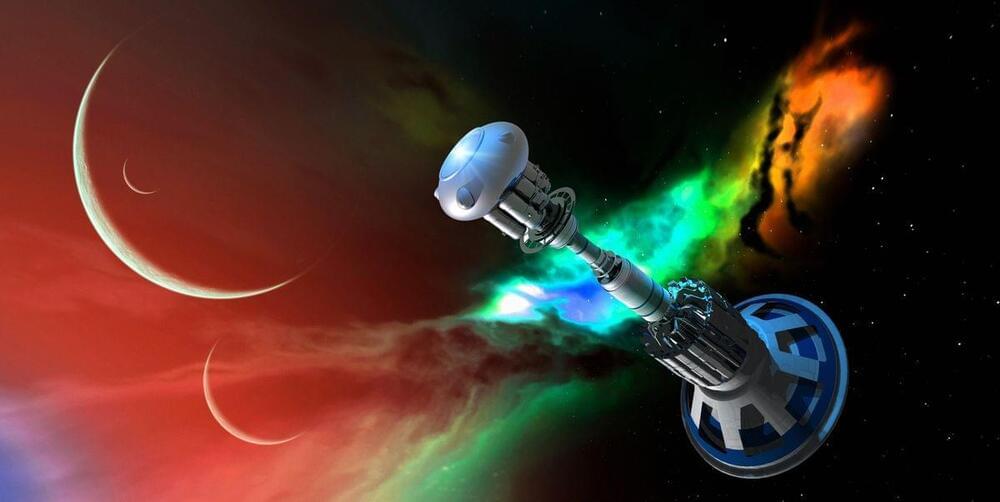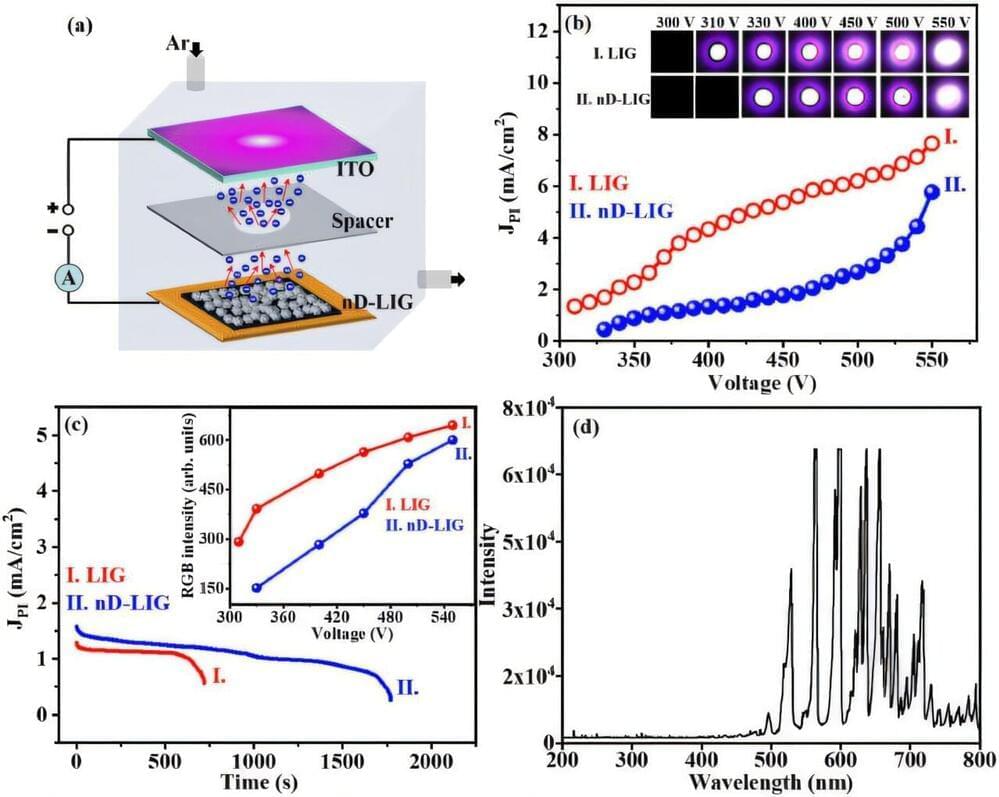Page 20
Jan 11, 2025
Researchers open source Sky-T1, a ‘reasoning’ AI model that can be trained for less than $450
Posted by Dan Kummer in category: robotics/AI
Researchers at UC Berkeley have open sourced Sky-T1, a ‘reasoning’ AI model that can be trained for less than $450.
Jan 11, 2025
Innovation, Automation, And The Cybersecurity Challenges Ahead
Posted by Genevieve Klien in categories: cybercrime/malcode, robotics/AI
The rapid evolution of artificial intelligence is transforming cybersecurity, offering unprecedented opportunities to defend against increasingly complex and automated threats. AI is no longer a support tool—it’s emerging as a central pillar of modern security strategies. From detecting anomalies and automating threat responses to augmenting security teams, AI is enabling defenders to act faster, scale their operations, and outpace attackers. However, as the technology advances, significant challenges remain, from adversarial AI to the cultural inertia of legacy systems.
Tomer Weingarten, CEO of SentinelOne, and Richard Stiennon, research analyst with IT-Harvest and author of Security Yearbook 2024, both highlight the potential—and limitations—of AI in cybersecurity. “It’s very early days for AI in security,” says Stiennon. “I have found 84 startups with various AI agents or which hope to deploy guardrails to protect companies from mishandling of data by users of AI. It’s way too early to say that any of them are having an impact on the ecosystem. That said, the future is clear. AI will be part of every cyber defense position.”
Weingarten echoes this sentiment, noting that AI’s role is rapidly expanding but far from mature. “AI is no longer just about supporting cybersecurity—it’s fundamentally changing how we secure systems, anticipate threats, and automate responses,” he explains.
Jan 11, 2025
TSMC’s Arizona Fab 21 is already making 4nm chips
Posted by Genevieve Klien in category: computing
Jan 11, 2025
Elon Musk’s Neuralink just gave third human a brain implant — Here’s what’s next
Posted by Dan Breeden in categories: biotech/medical, Elon Musk, neuroscience
Neuralink has implanted its device in third human patient and plans more procedures in 2025. The device allows paralyzed individuals to control external devices with their thoughts. The company is conducting studies to evaluate the safety and efficacy of its brain implants. Neuralink aims to revolutionize neurotechnology.
Jan 11, 2025
I’m a neuroscientist who taught rats to drive − their joy suggests how anticipating fun can enrich human life
Posted by Dan Breeden in categories: education, robotics/AI, space
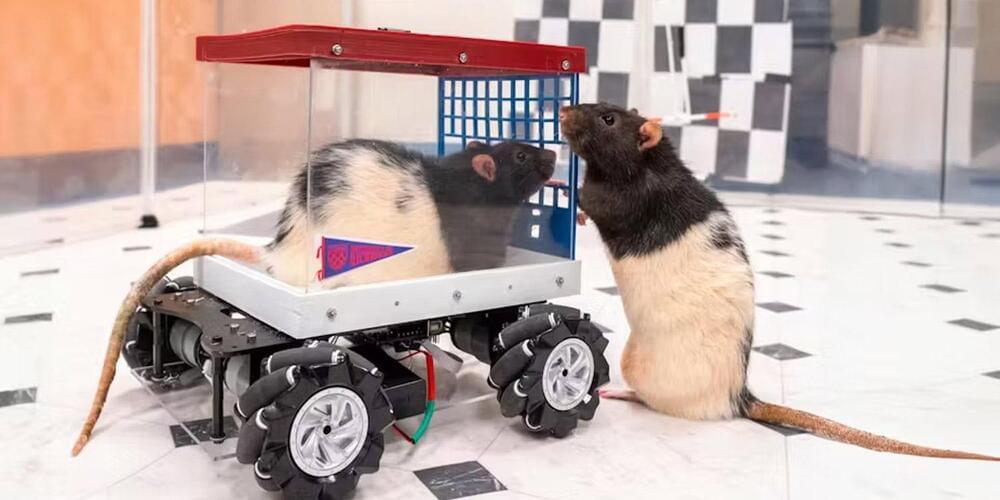
We crafted our first rodent car from a plastic cereal container. After trial and error, my colleagues and I found that rats could learn to drive forward by grasping a small wire that acted like a gas pedal. Before long, they were steering with surprising precision to reach a Froot Loop treat.
As expected, rats housed in enriched environments – complete with toys, space and companions – learned to drive faster than those in standard cages. This finding supported the idea that complex environments enhance neuroplasticity: the brain’s ability to change across the lifespan in response to environmental demands.
Jan 11, 2025
Intelligent Life In Cosmos Is Likely Very Rare, Says Paleontologist
Posted by Dan Breeden in category: futurism
Based on the history of life here on earth, at least one prominent paleontologist thinks that complex life in the cosmos is likely very rare.
Jan 11, 2025
Scientists Have a Radical Plan to Travel to the Nearest Star System Within a Human Lifetime
Posted by Dan Breeden in category: futurism
Jan 11, 2025
Have Researchers Found The First Evidence For String Theory?
Posted by Dan Breeden in categories: quantum physics, time travel
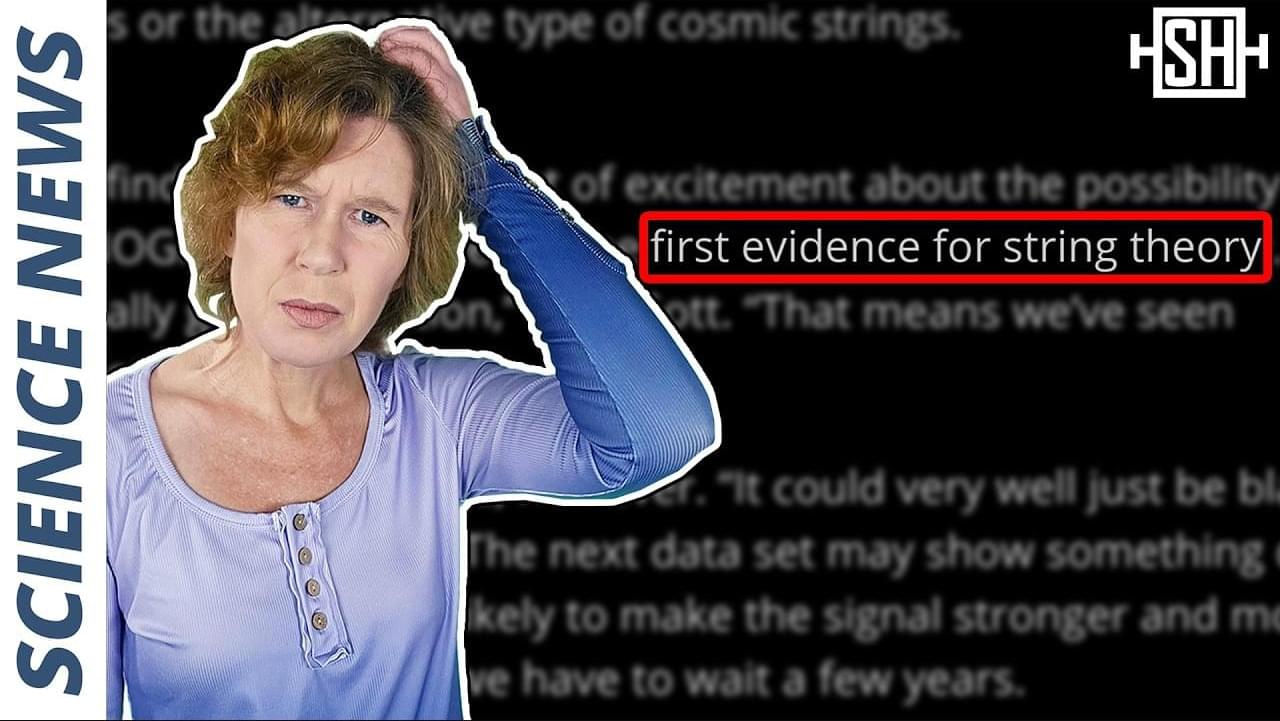
Go to https://ground.news/sabine to get 40% Off the Vantage plan and see through sensationalized reporting. Stay fully informed on events around the world with Ground News.
The BBC claims that researchers have found the first evidence for string theory, citing a recent discovery of long-wavelength gravitational waves that might indicate the existence of so-called “cosmic strings.” Crazier still, they think that this could allow time travel! But do these gravitational waves actually mean that cosmic strings exist? And what, if anything, does it have to do with time travel?
Continue reading “Have Researchers Found The First Evidence For String Theory?” »
Jan 11, 2025
Combining graphene and nanodiamonds for better microplasma devices
Posted by Dan Breeden in categories: biotech/medical, chemistry, nanotechnology
Microplasma devices are incredibly versatile tools for generating and sustaining plasmas on micro-and millimeter scales. The latest advances in nanotechnology now promise to expand their range of applications even further but, so far, this progress has been held back by the limited stability of some nanostructures at the extreme temperatures required to sustain many plasmas.
In a recent study published in Fundamental Plasma Physics, K J Sankaran and colleagues at the CSIR Institute of Minerals and Materials Technology, Bhubaneswar, India, overcome this challenge by decorating sheets of graphene with more stable nanodiamonds—that is, diamonds with diameters smaller than about 100 nm—allowing them to endure far more extreme conditions.
This combined material could expand the use of microplasma devices across a diverse array of useful applications, such as sterilizing and healing wounds, analyzing chemicals, and displaying images.
